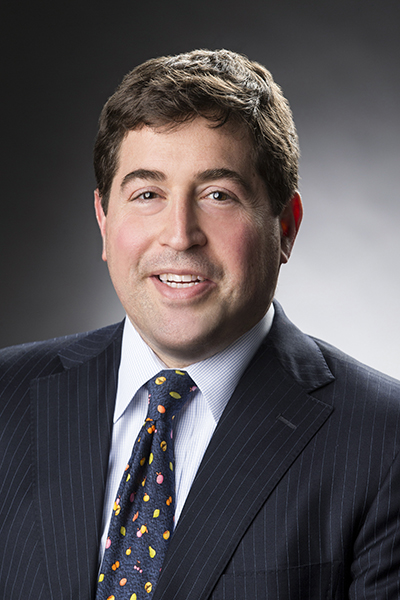|
Getting your Trinity Audio player ready...
|
At the time of this writing, the Milwaukee Bucks have the strongest record in the NBA, the best team record since 1971, and potentially the biggest European success story in NBA history in small forward Giannis Antetokounmpo.
These developments have coincided with the unveiling of the Bucks’ new home, Fiserv Forum, in August 2018. The $524 million arena has been heralded with near-universal acclaim for its modern ingenuity-meets-community-embracing aesthetic, a virtually impossible victory in its own right considering most new sports complexes seem to divide opinion no matter what. Milwaukee Bucks and Fiserv Forum President Peter Feigin oversaw the project from vision to opening day, and what started as an immediate to-do to avoid the risk of the Bucks being moved to another city has ignited what the president hopes will be a complete neighborhood development for the Park East Corridor.

Shortly after new ownership purchased the Bucks in 2014, the NBA gave the team an ultimatum: Either build a new arena or risk being moved to Seattle or Las Vegas. Feigin had barely taken on his new role. Because neither he nor the owners were Wisconsinites, Feigin knew it was his responsibility to get the word out. “I knew there was no other way to do it than hand-to-hand combat and tell the story to people and individual groups to build that trust,” Feigin says. “The only way you build your equity and value is to really personally put yourself out there and communicate with those folks on a one-to-one level.”
The community outreach was extensive. A casual Google search will net videos of Feigin, clad in an orange safety vest, giving tours of the arena construction, visiting Wisconsin morning shows, guesting on sports call-in segments with local citizens—in short, working it. “Things were happening so fast,” Feigin says. “Throughout the entire process, we overcommunicated what was going to happen, what had happened, and what the plan was.”
Feigin believes part of the ultimate success of the arena and ensuing neighborhood development stems from the fact that all along, the organization was honest about its expectations and intentions. “People weren’t surprised at what was coming,” Feigin says. “I hope that they were beyond satisfied because what was built was beyond their expectations.”
While the mammoth arena was quickly dubbed the best place to see an NBA game in the country, Feigin and ownership have set their sights outside the doors, working to reinvigorate an underdeveloped portion of Milwaukee, and in turn, widen the city’s tax base through jobs that allow workers to support families.

“If you talk about numbers, we have about 30 acres here and I’d say about 17 of them are fully developed,” Feigin says, which includes the Bucks’ training center, a medical office building, an urgent care, a parking structure, and an entertainment plaza. “Then we’ve got three blocks left to create with, including hotels, residential, or commercial space. The aim is to create density, so there’s an equal number of people coming to work, play, and live in the same neighborhood.”
The organization is probably the largest entertainment organization in the state that has promised a $15/hour wage target when it comes to all construction on its neighborhood projects. “It’s a really redefining moment for labor at attempting to create family-supporting jobs,” Feigin says. The arena construction included a residential preferred program that guaranteed 40 percent labor from the area, and the Bucks voluntarily elected to continue that process going forward.

Feigin credits Bucks’ ownership for not shying away from issues that may be uncomfortable to encounter in the short term but hold the keys to lasting trust and positivity moving forward. “Our ownership has taken it seriously to be stewards to the community,” Feigin says. “We think there’s a real responsibility and a real need to continue to try and improve those difficult things that every large city faces, including race relations, social justice, education, and wellness.” Feigin says he and the ownership have made good strides but still have a long way to go in what he considers a big opportunity to help grow and develop all parts of his adopted city.
None of that draws away from the fact that the Milwaukee Bucks are having a moment. “I think we kind of pinch ourselves,” Feigin says. “How do we tell everybody that this is such a special moment?” If 53 wins as of March, an MVP contender at his peak, and now having the best arena in the country aren’t enough to get that point across, then what is? “We’ve really put the best foot forward and we’ve got this opportunity to springboard into great growth that we could have never thought of happening this quickly and that’s because of the success of the team.”


